
How to Grow Tomatoes at Home in Pots
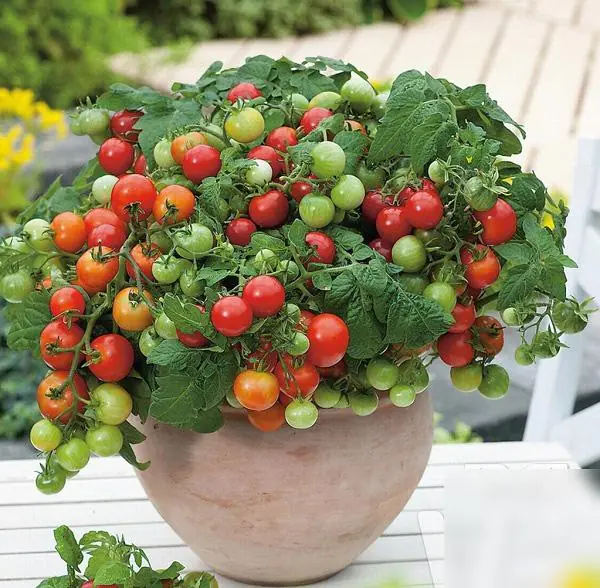
If you are concerned about the safety of store-bought tomatoes, you can grow your own tomatoes in pots at home.
Tomatoes are a fruit rich in nutrients beneficial to human health. They can be eaten raw or cooked and used in various dishes such as salads, tomato sauce for meat and fish, spaghetti with tomato sauce, and tomato soup.
Nowadays, many people choose to grow tomatoes in pots on their balconies or rooftops to have clean, safe food. However, not everyone succeeds in growing tomatoes at home.
Below is a guide on how to grow potted tomatoes with abundant fruit:
Materials You Need Before Planting Tomatoes
-
Planting Pot: Tomatoes grow vigorously and have many branches, so it is advisable to use a foam box for planting. Make sure the bottom of the foam box has drainage holes to ensure proper water drainage.
-
Tomato Seeds: There are various tomato varieties to choose from, including cherry tomatoes, black tomatoes, pear-shaped tomatoes, or large-sized tomatoes with colors ranging from yellow to red when ripe. You can plant any type you prefer. However, organic tomato varieties are widely favored and easy to grow. You can purchase one-month-old seedlings from nurseries. Alternatively, you can use seeds from ripe tomatoes if you do not have access to purchased seeds.
-
Soil: Tomatoes can grow in different soil types, but organic soil is recommended as it is clean and rich in nutrients, ensuring healthy plant growth. Tomatoes require nutrient-rich and well-aerated soil, so mixing in rice husks and well-composted manure will be beneficial. If you cannot make organic fertilizer yourself, you can buy ready-made compost from agricultural supply stores.
-
Light for Growth: Tomatoes love sunlight. Therefore, the ideal planting location should receive plenty of sunlight, at least 6 to 7 hours per day. Rooftops with shade nets or balconies are excellent choices. During the fruit ripening stage, exposure to ample sunlight will enhance the fruit's flavor.
-
Planting Tools: Watering cans, foam boxes with drainage holes, and other essential gardening tools.
-
Best Planting Time: Tomatoes can be planted in three main periods throughout the year:
-
Early Season: Sowing in July-August, harvesting from late October to December.
-
Main Season: Sowing in mid-September to October, harvesting from February to March.
-
Late Season: Sowing in November-December, harvesting from March to April.
-
How to Grow Tomatoes in Foam Boxes
-
Germinating Tomato Seeds: Sow tomato seeds in a soil bed, water them daily to maintain moisture, and wait for the seeds to sprout and develop leaves. Place the seed tray in a well-lit area and protect it from mice and birds. Tomato seeds typically germinate within 7 to 14 days.
-
Transplanting One-Month-Old Seedlings: When the seedlings reach a height of 10-25 cm, transplant them into foam boxes. Ensure the soil is well-aerated. In a large foam box, you can plant 2-3 seedlings in the center. Bury about 50% of the stem below the soil surface, as this section will soon develop additional roots, making the plant stronger.
-
Caring for Tomato Plants:
-
For the first 7-10 days after transplanting, water the plants regularly, preferably in the morning or late afternoon (5-6 PM). Avoid watering the leaves at night, as moisture can encourage diseases such as leaf blight.
-
The amount of water required varies depending on the plant’s growth stage. When young, watering about 500ml per day is sufficient.
-
During the flowering and fruit-setting stages, tomatoes require more water. Insufficient water can cause the plant and leaves to dry out, leading to fruit drop. You can use rice-washing water to water the plants daily, which is beneficial for their growth.
-
-
Soil Drainage and Support:
-
Always ensure the soil is well-drained and not waterlogged. Overwatering can damage the plant’s delicate root system, making it susceptible to pests and diseases.
-
When tomatoes start fruiting, excessive rain can slow ripening and cause fruit cracking due to excess moisture.
-
Tomato stems are weak and prone to bending, so at around 1.5 - 2 months, provide support using stakes or trellises. Secure the plant stems to the stakes to prevent collapse under the weight of the fruits. The type of support depends on the tomato variety: small stakes work for cherry tomatoes, while larger varieties require sturdy trellises.
-
-
Additional Tips for Growing Tomatoes:
-
In hot weather, place a layer of straw or dry grass on the soil surface to retain moisture.
-
If the plant produces many flowers, gently shake it to aid pollination and improve fruit set.
-
Usually, within two months of transplanting, the first fruit clusters will appear. Initially, the fruits are green, gradually growing larger and turning deep red when ripe. Avoid eating green tomatoes, as they contain compounds that may cause toxicity.
-
-
Fertilizing the Plants: Tomatoes require ample nutrients to support stem, leaf, and fruit development. Once the plants start flowering and fruiting, supplement with organic fertilizer.
-
Harvesting Tomatoes: Fully ripened tomatoes contain the highest levels of vitamin C and natural sugars. Market-sold tomatoes are often harvested when yellowish and artificially ripened during transport, making them less vibrant and firmer compared to home-grown tomatoes.
By following these steps, you can successfully grow delicious and nutritious tomatoes at home.
News in the same category


The Story Behind the Tiny Pocket on Your Jeans — And Why It’s Still There

Why Bath Towels Are Essential — More Than Just a Post-Shower Staple

17 Tips on How to Spot a Fake Product

Great hacks every family needs
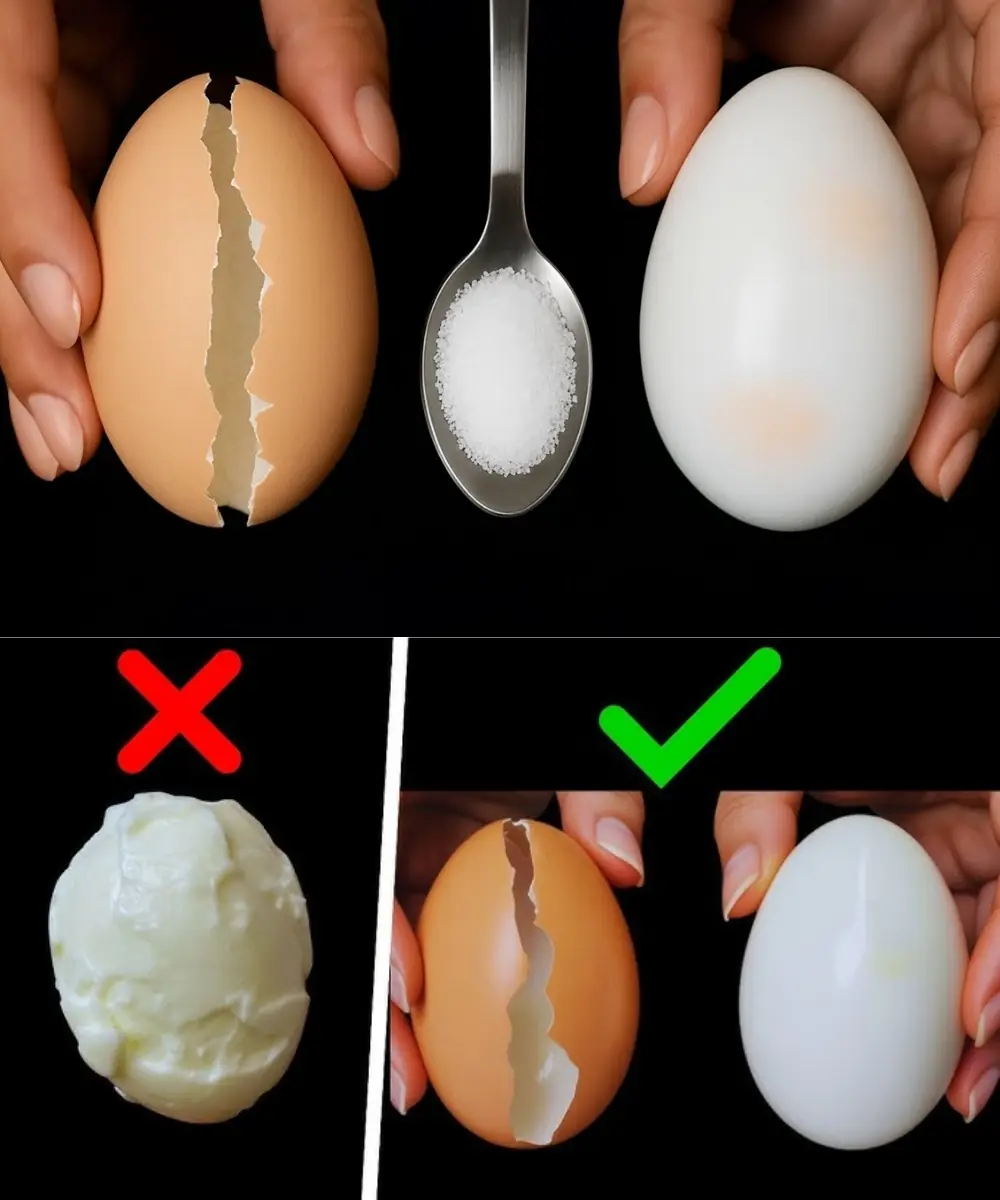
Don’t Boil Eggs Directly In Water — Here’s How FIVE-STAR Hotels Cook Their Eggs!

10 kinds of meat and how long to store them each in the freezer.

How to Unclog Stovetop Burners and Make the Flame Stronger with This Fantastic Homemade Trick
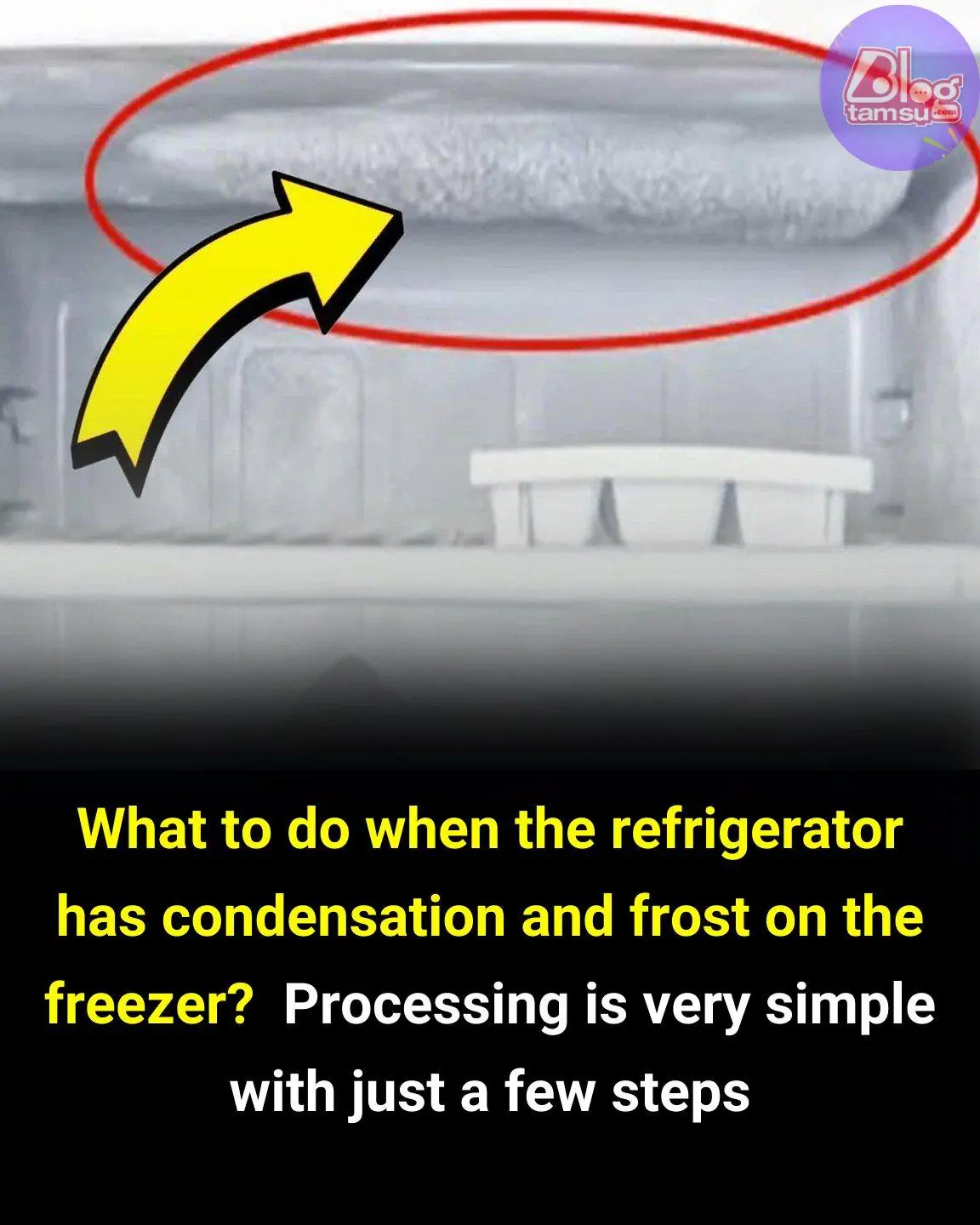
What to Do When Your Refrigerator Has Condensation and Frost in the Freezer
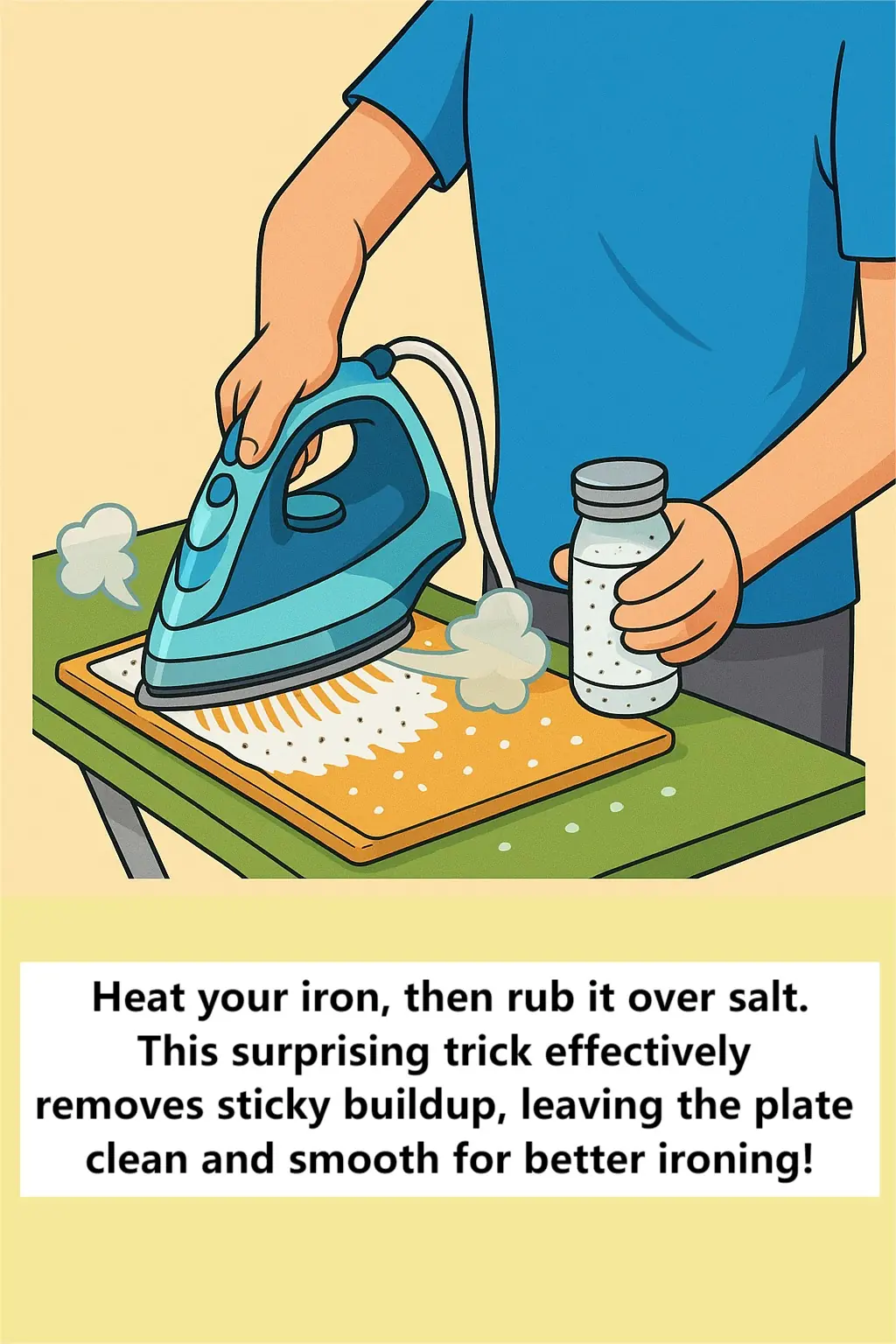
Simple Salt Hack Helps Clean Sticky Irons and Improve Performance

Why You Shouldn’t Sleep Next to a Charging iPhone Thermal Buildup

12 NATURAL HOMEMADE CLEANERS that will clean, sanitize and disinfect everything in our homes

Shocking Kitchen Hack: Eliminate Rats and Cockroaches Forever with This Rice Trick!
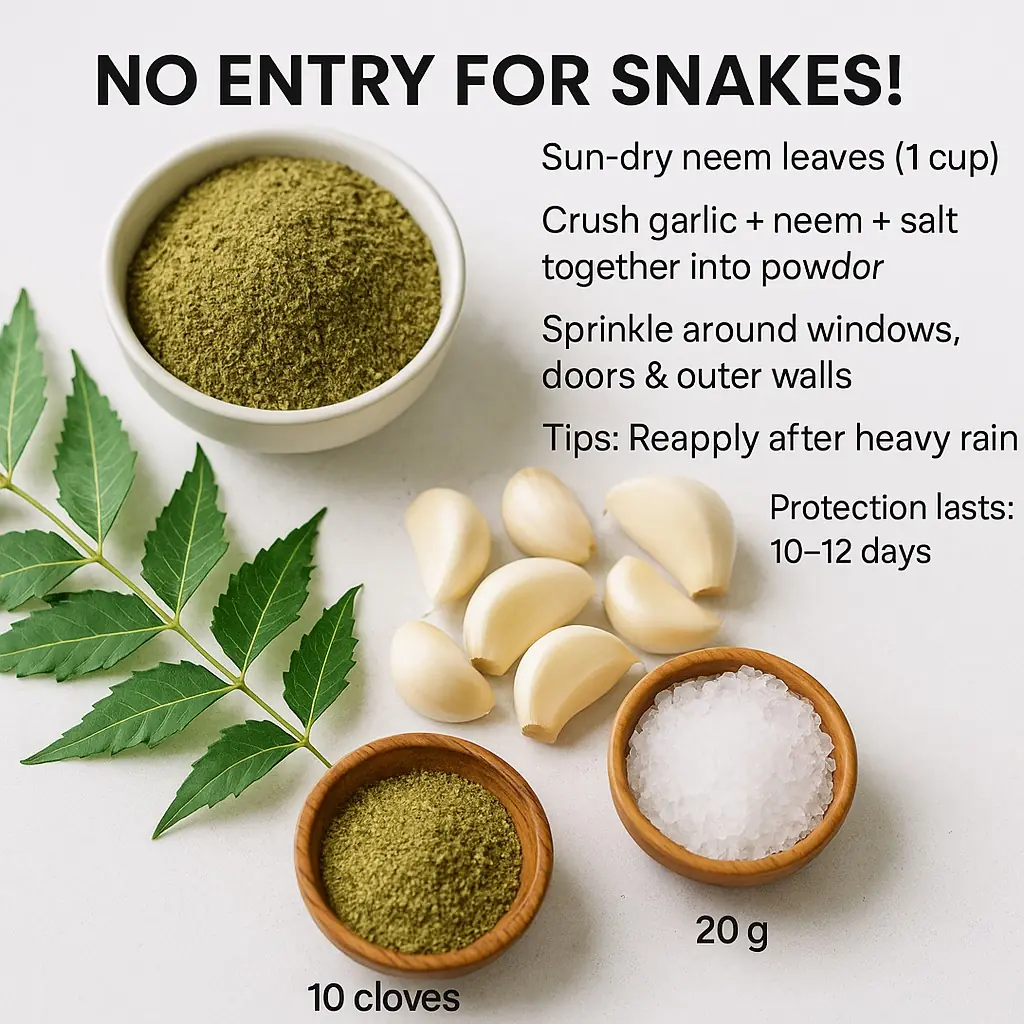
The Natural Snake Repellent That Sends Snakes Running — Safe for You, Deadly for Them 🐍❌
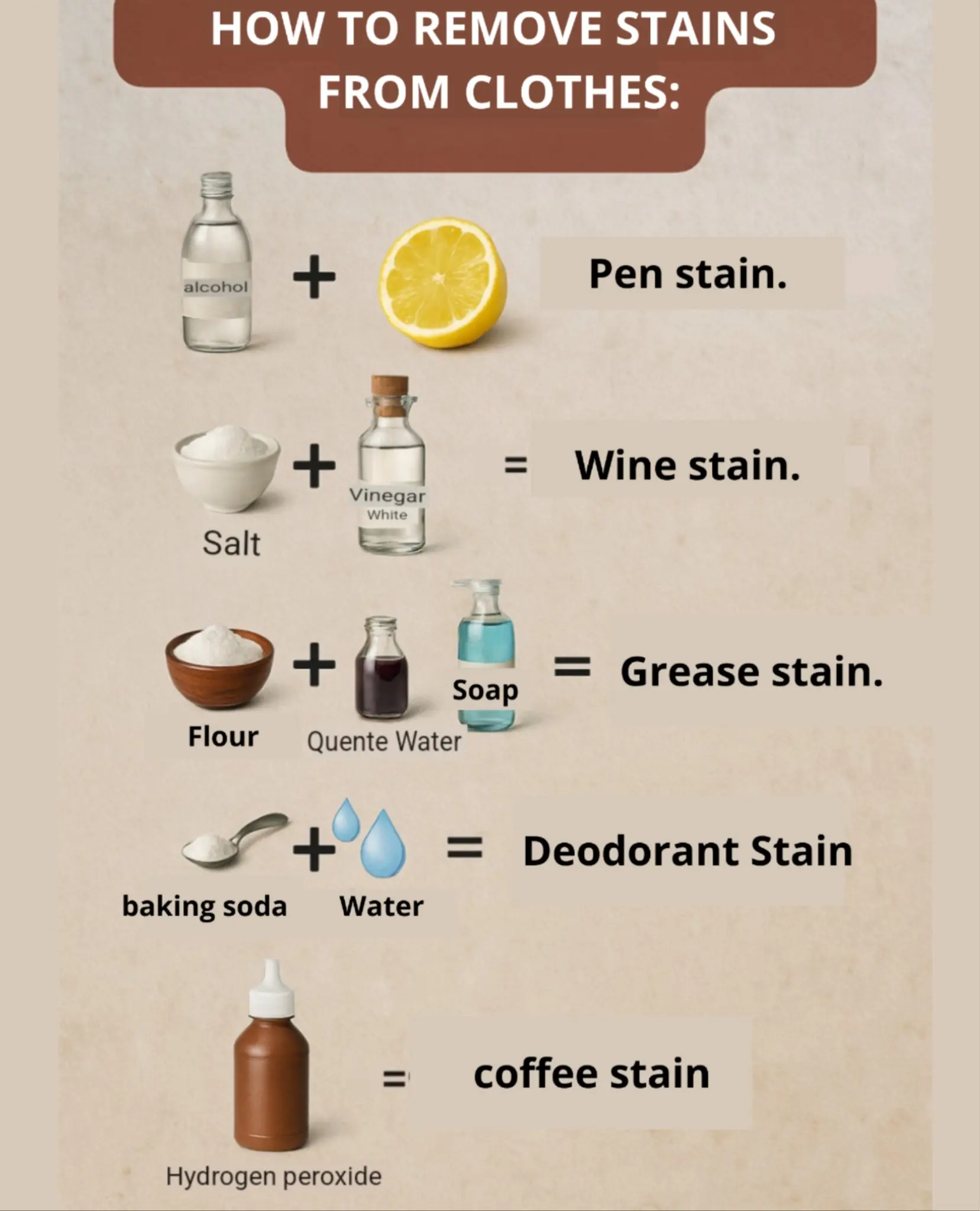
How to Effectively Remove Stains from Clothes: Simple Home Remedies That Work
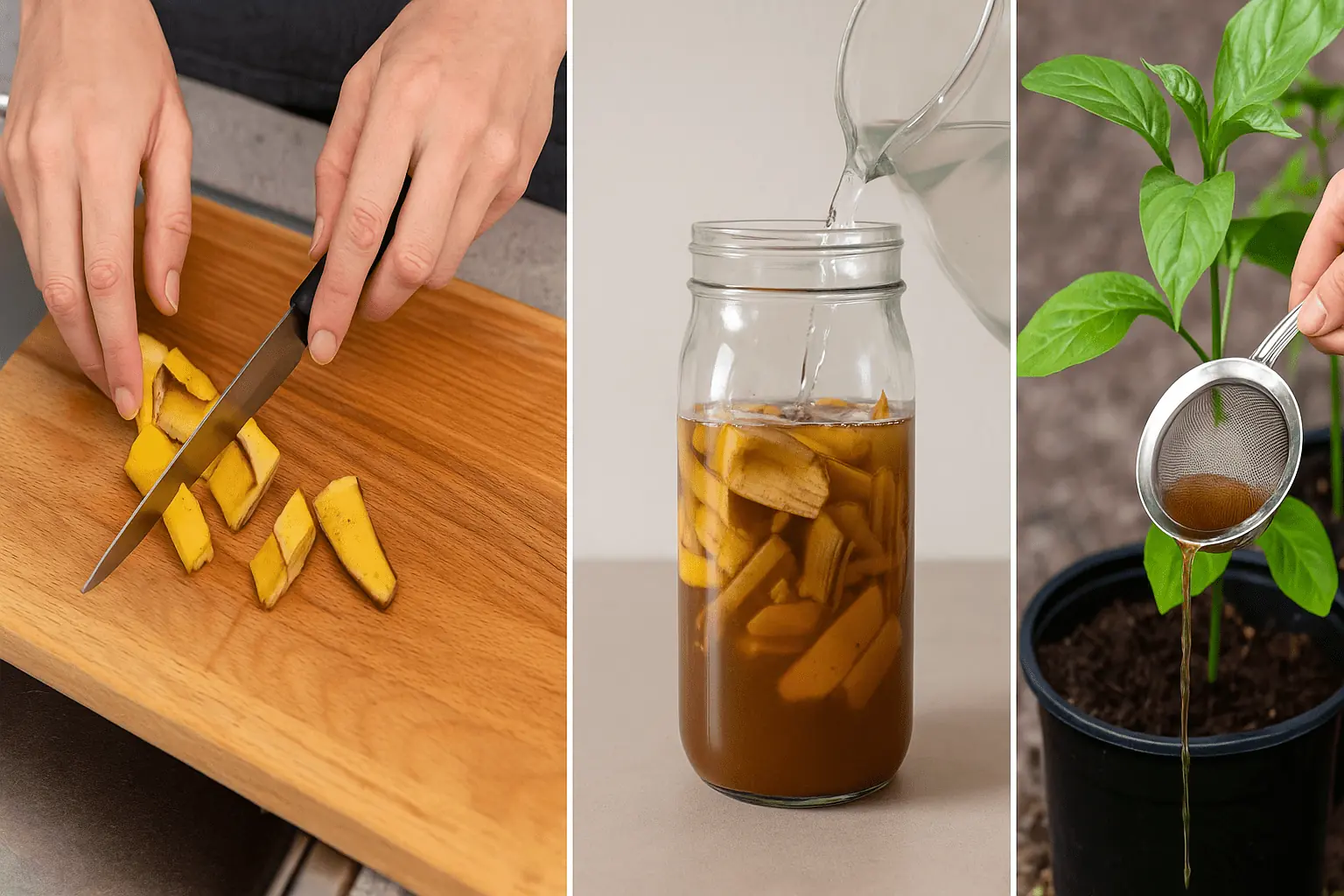
How to Transform Banana Peels into Powerful Homemade Fertilizer In Just 5 Steps

Natural Pest Control with Baking Soda & Vinegar

How To Properly Dispose of Ticks

Clear vs. Cloudy Ice: Why It Happens and How to Make Crystal-Clear Ice at Home
20 Household Cleaning Products You Should Never Mix Together
News Post

WHAT HAPPENS WHEN WE TONGUE KISS…See more

Nature’s Secret: 4 Healing Leaves That Support Metabolism, Immunity & Circulation Naturally

Don’t Drink Coconut Water Before You Know These 11 Secrets!
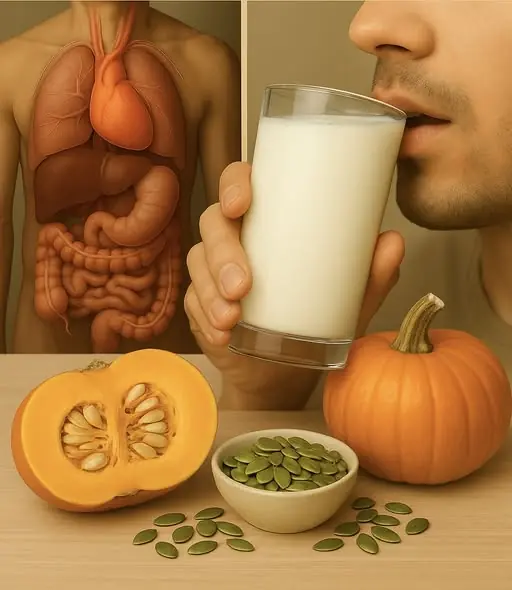
Pumpkin Seed Milk — The Natural Parasite Cleanser

Fast Rice Water Trick for a Brighter Smile
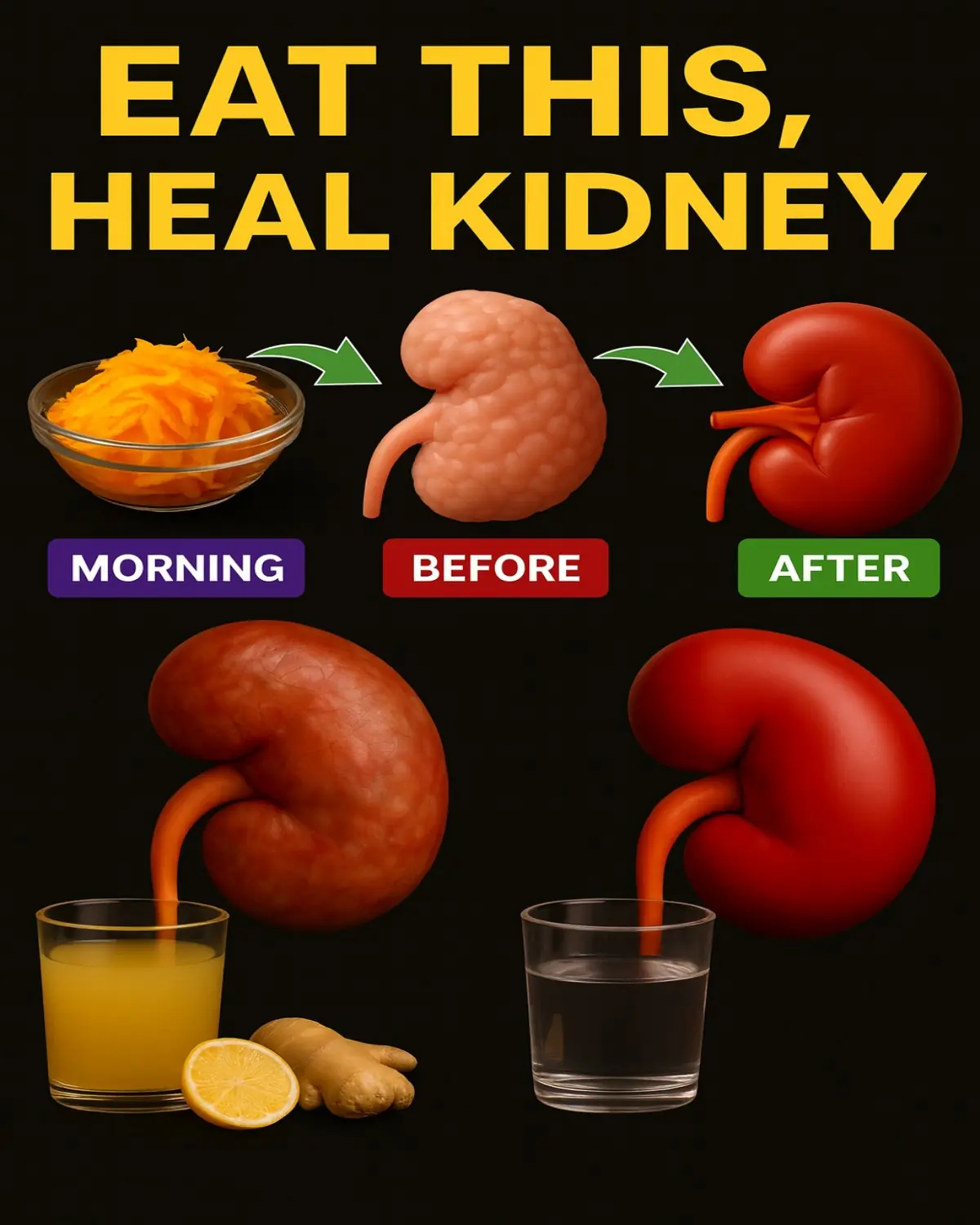
Morning Drink to Revive Your Kidneys Fast

The Onion Recipe That Could Transform Your Blood Sugar, Support Cleaner Arteries, and Protect Your Heart!

Top 4 Fruits That Help Your Kidneys Flush Out Toxins While You Sleep

Ginger, Clove, and Honey: The Natural Trio Your Body Will Thank You For

Heal 15 Years of Joint Pain Naturally with Turmeric and Honey Tea

This Juice Revived My Grandma’s Energy — Say Goodbye to Fatigue and Body Pain with This Natural Recipe

The Benefits of Eating 2 Boiled Eggs Every Morning: Transform Your Health!

If Your Kidneys Are in Danger, Your Body Will Send You These 8 Signals — Don’t Ignore Them

The Surprising Effects of Avocado on Your Heart and Brain
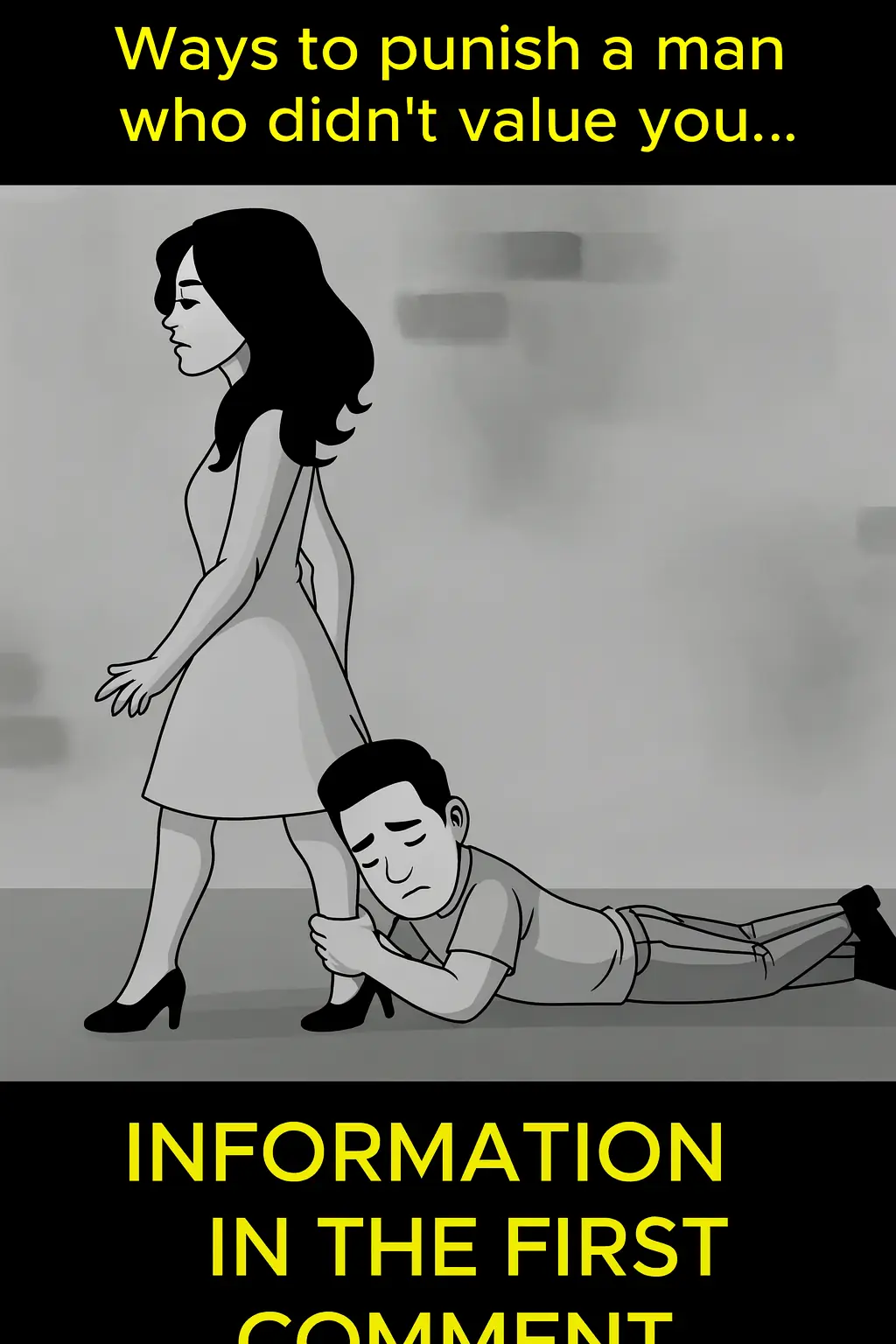
Ways to Get Over a Man Who Didn’t Value You
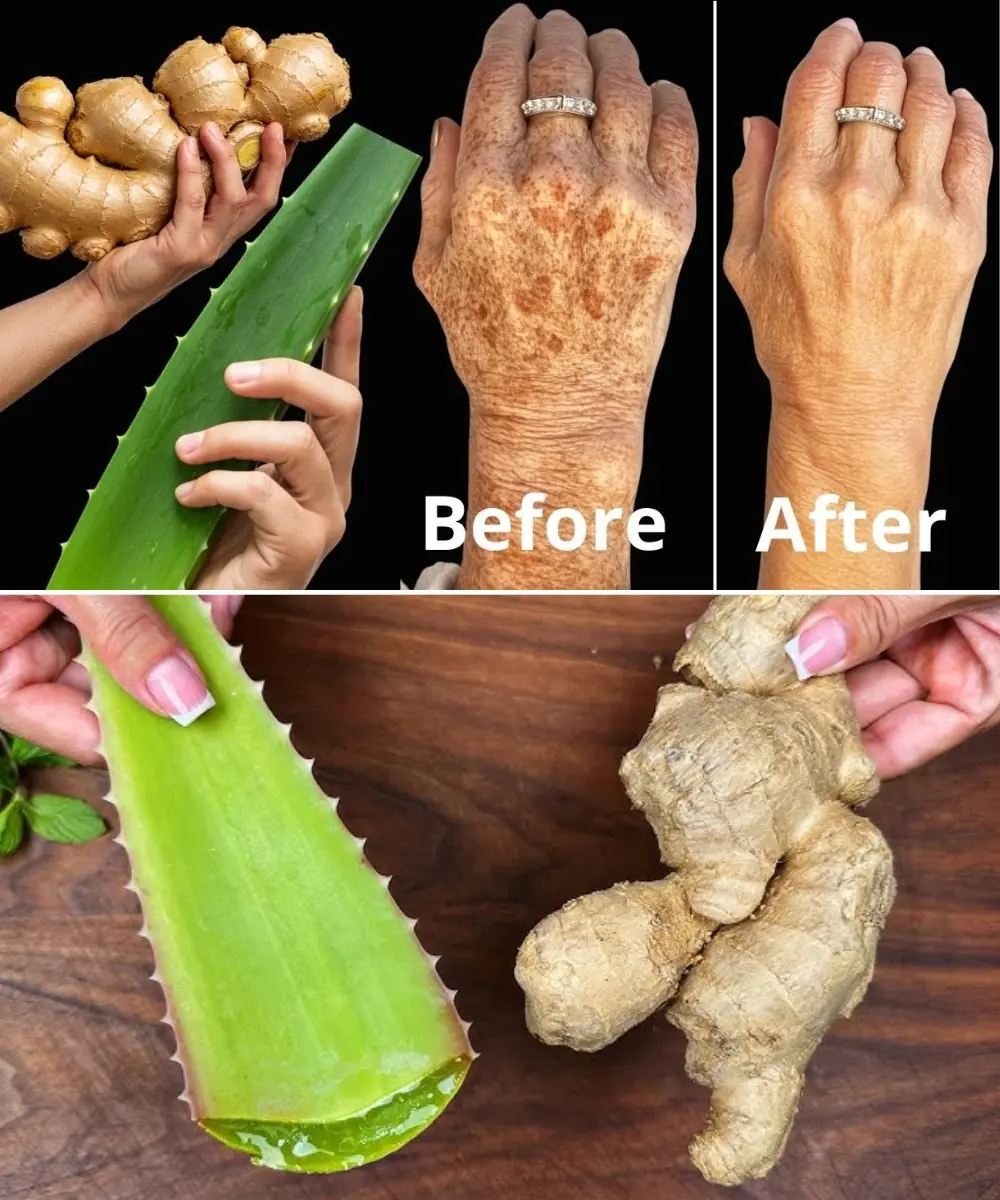
I’m 66 but Look 36 — My Secret? Aloe Vera & Ginger for Firm, Smooth Skin

How to Make Okra Water to Treat 17 Health Problems Naturally

Banana and Egg Mask to Look Younger Even in Your 80s

Scent Leaf Secrets Unveiled: 10 Surprising Health Benefits of This Miracle Herb
